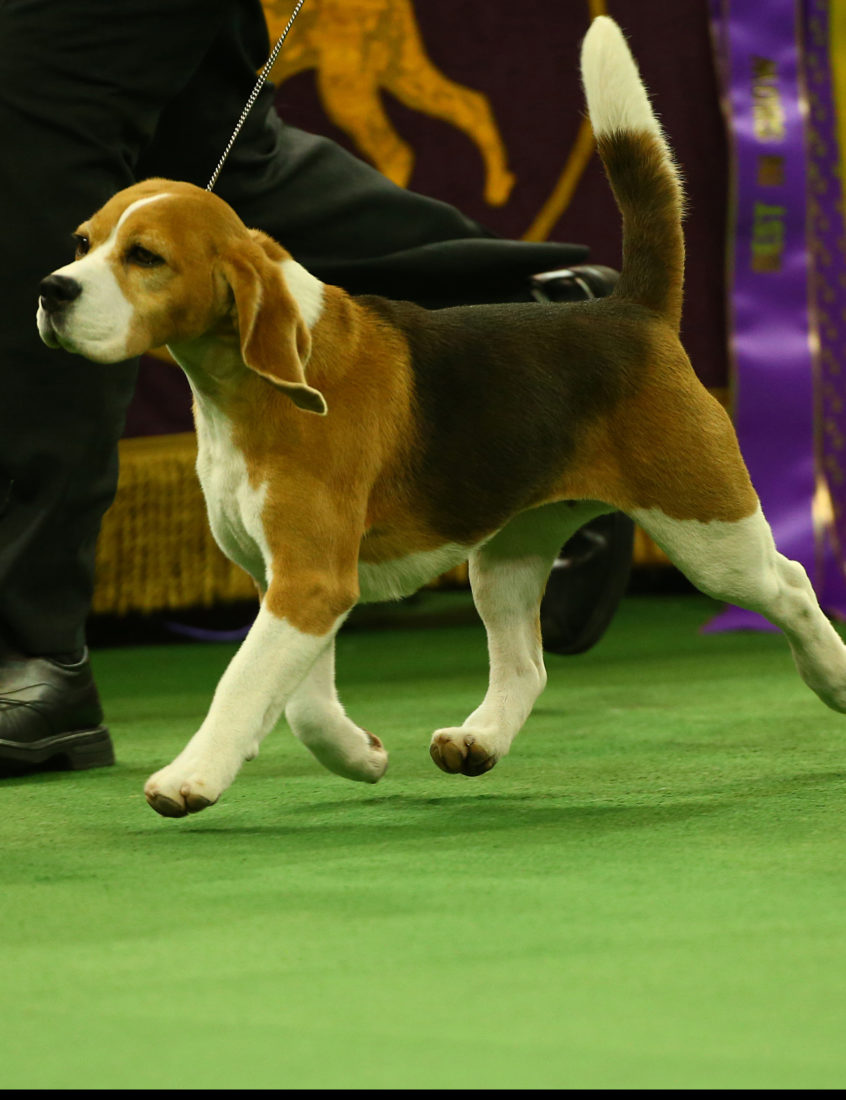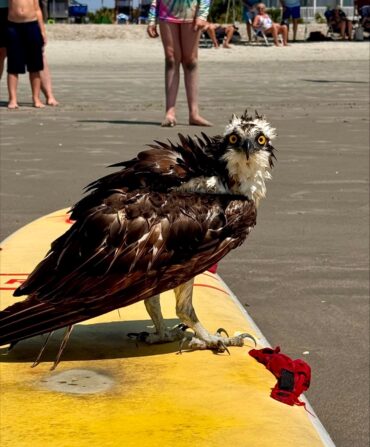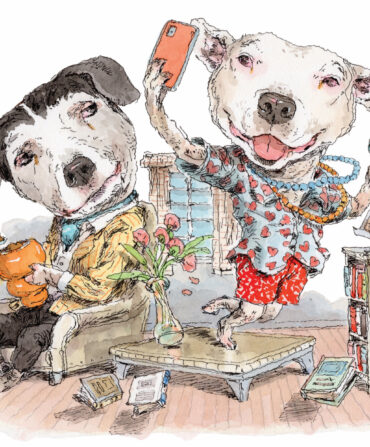It’s pretty clear we’ve got a thing for good dogs at Garden & Gun. But while our affection extends to all breeds and mixes, there’s a special place in our hearts for those who share our love of sport and the outdoors. Still, we’re not exactly experts on the subject. Bonnie Threlfall, however, is. As head sporting group judge for the Westminster Kennel Club Dog Show, the North Carolina native is literally the last word on what makes a champion hunting dog.

Photo: John Ashbey; WKC
From left: Sweetgrass White Diamonds, an English Springer Spaniel, won the Sporting group at last year’s event; Bonnie Threlfall.
On the eve of the 140th annual competition, we caught up with Threlfall to get a crash course in the finer details of show-judging, using the event’s most popular sporting breed, the Labrador retriever, as an example. Turns out, it takes a lot more than a shiny coat and good training to win at Westminster.

As defined by the American Kennel Club, a breed standard is “a word or picture describing how the perfect dog of a breed should look, move, and behave.” When it comes to Labs, Threlfall notes the dense, straight, and short coat, exceptionally thick skin, broad, chiseled skull, and powerful tail as some of the breed’s chief defining characteristics.
“We’re not just giving the dogs a nice massage while they’re on stage, you know,” Threlfall says, laughing. “It’s anatomy. We’re feeling for irregularities and differences from the standard in the dog’s skeletal structure, coat, skin, and a variety of other factors.”
A small taste of what’s required of championship-level show Labs:
1. Height from withers to ground must be no greater than 22½”-24½” (males only).
2. Total weight must not exceed or drop below 65 to 80 pounds for males, 55 to 70 pounds for females.
3. Length from the point of the shoulder to the point of the rump (tail’s beginning) is equal to or slightly longer than the distance from the withers to the ground.
But why is a Labrador retriever whose ears sit just above eye level preferable to one whose ears are in line with its eyes? Is there a reason a 60-pound male is disqualified from competition?
“The standard is built from what the dog was originally bred for, however long ago,” she explains. “They’re not some arbitrary numbers and rules. Sporting dogs were bred with the expressed purpose to help their owners put food on the table. When I’m judging, I’m asking myself, ‘Is this dog most able to perform the task it was bred to originally?’”

Photo: Jack Grassa
Another popular Sporting group breed, the Golden retriever, is judged at last year’s show.
The Lab, a descendant of smaller water dogs and Newfoundlands, was bred to be an ideal mixture of weather resistance, strength, and companionship for fishermen and hunters in the freezing, wet climates of Newfoundland and later Great Britain, Threlfall says. “They were made to thrive in that environment. Their skin’s thickness helped keep them insulated in winter, their coats dried quickly, and their tails acted as strong rudders for swimming.”
Despite all the meticulous scrutiny, however, there is a bit of subjectivity. Call it a dog’s it factor.
“Showing and show-judging is also art,” Threlfall says, “and art may be interpreted in many different ways by many different people.”
The 2016 Westminster Dog Show airs on CNBC and USA Network, with the Sporting Breed round beginning at 8 p.m. Tuesday on USA Network. You can also stream it here: wkclive.com








